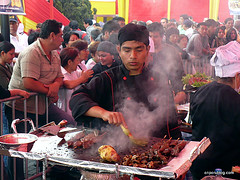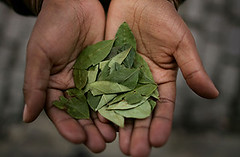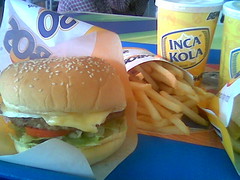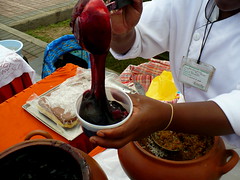Lima, Peru, 1944
Before Lima’s explosive growth it was a small, quiet, clean and very modern city. This documentary video, funded by the United States Office of the Coordinator of Inter-American Affairs in 1944 shows us a time that many older Limeños hold in high regard and with great nostalgia.
So, what happened?
Lima had already undergone a period of growth before this video was made. The population of Spanish-descended ruling elite and mixed creole working class were supplemented by immigrants from outside of Peru and many more from rural regions within. This surge pushed some into a new middle class status and added more workers to the ranks of the working class.
Lima, a country unto itself in that time, was struggling but successfully providing public infrastructure to the growing population. The rich and the poor alike had healthcare and education. Homes were being constructed in new districts outside the city centre, creating areas such as La Victoria. This new urban growth necessitated the construction of large roads leading out of the city of Lima into neighbouring towns such as Miraflores. The infrastructure was being put in place in pace with population growth… but that all changed after this video was made.
From the late 1940’s mass immigration began from the mountains. The city of Lima and its population of only 600,000 had more than doubled by the 1960’s, and with this growth, any hope of organised expansion and provision of public services evaporated. Unplanned development filled the areas between the city’s of Lima and Callao. Having more than a million rural poor descending on them, the wealthy fled the city to greener pastures in the old holiday towns of Miraflores and Barranco and their large colonial homes were abandoned to become the slums of the poor.
Growth continued exponentially in the 1970’s and vast shanty towns started to develop around the city. There was no work to be had, and the new arrivals were not able to grow food in the arid sands of Lima as they could in the mountains. Poverty grew as millions of immigrants competed for minimal resources. The shanty towns, or the Pueblos Jóvenes, spread over a vast area along the Rimac river, north of Lima and into vast areas south of Lima, a metropolis of which parts like La Victoria were now very central and former seaside towns like Miraflores struggled to even be called Suburban.
As Maoist terrorists massacred the rural population and created famine in the 1980’s, the rate of growth increased and people fled the violence for the relative safety and abject poverty of Lima.
The city is now home to about 30% of the Peruvian population with around 7 million people. New arrivals continue to invade land surrounding the city to construct they shacks, heading into the city each day to scrape together a few coins that allow them to buy a small meal for the day… grown and imported from the fertile valleys in the mountains. It’s a confusing situation.
Tags: 1900s, callao, la victoria, lima, pueblo joven



![Before & after the beach [Featured]](http://farm4.static.flickr.com/3107/2588074296_67093d2be4_m.jpg)






